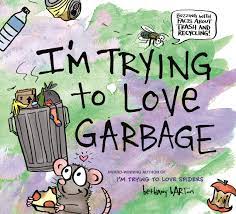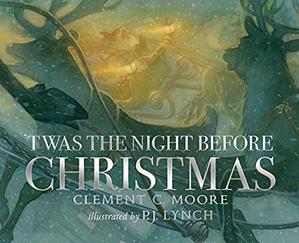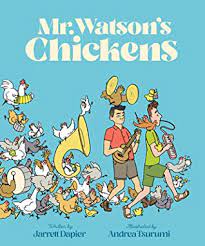"Outside, Boston's gray rain puddled the snow,
but inside she gazed at The Concert,
sat for long hours in front of The Storm,
thinking and dreaming,
happy and warm."
What an interesting and persistent woman Isabella Stewart Gardner proved herself to be! Isabella was not prepared to meet the social standards of Boston society at a time when that is exactly what was expected of all young women of means. Instead, she marched to the beat of her own drummer. When she tired of it all, she boarded a ship.
"She sailed away,
one summer's day,
from tight-lipped,
corset-pinched,
oh-so-gray
Boston to ... "
Her travels led to an uncompromising love of art of all kinds. She was captivated by paintings, stained glass, mosaics, tapestries, furniture. Once her collecting began, she only wanted more. She filled the rooms in her Boston home, where she could sit and admire her many purchases. While she sat quietly admiring their beauty, she hired professional agents to continue buying priceless artifacts for her, not always legally. Isabella got what she wanted.
Soon, her dream grew to building a four-story palazzo that would accommodate her many acquisitions, and become a museum for visitors. She lived on the top floor, spent a year arranging the three lower floors and various rooms as she saw fit. In 1903, at the age of 63, she opened her museum with a grand party. For more than twenty years, she opened its doors for twenty days a year to visitors who could afford the $1 entrance fee. Always adding more, organized and reorganized, and in the end left it all to the Boston community ...
"to keep forever,
just as long as nothing
was moved.
Not a cup.
Not a cross.
Not a painting.
Not a thing.
And that is how her
museum home stayed.
For decades."
One dark night in 1990 (long after her death), all that changed ... a $500 million heist mystery today remains unsolved.
As we have come to expect from the amazing Candace Fleming, this is a wonderful story! In Ms. Fleming's deft hands, Isabella is an engaging, if unbending, woman. Though privileged and eccentric, she chose to share her bounty with the people of Boston, in life and in death. You will know from previous posts that I also have great admiration for Matthew Cordell's art. In this book, his illustrations perfectly match the text. He creates energetic scenes of a spirited woman in many different places and fashions, with mannerisms that clearly show who she is. There is drama, humor, and an unmistakable understanding for the clutter she created in the museum that looked exactly as she wanted it to look.
Back matter includes an impressive accounting of Isabella's life and art acquisitions, and the ways in which she used her own personal memorabilia to enhance the collection housed in the Gardner Museum to this day. To see the museum virtually, please visit www.gardnermuseum.org.
Quirky and joyous, this is a book that will find many fans ... deservedly so.























































